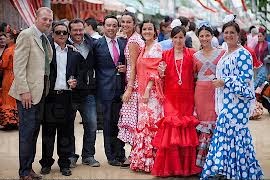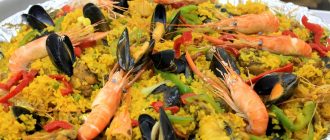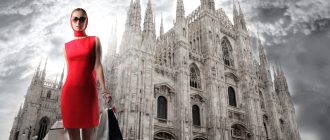Want to learn more about the Spanish traditional costume? Read on for facts and info on the traditional costumes of Spain…
Spain was considered as being the fashion capital of the world during the 16th century. Traditional Spanish attire was known for its elegance, rigidity, austerity and the superior sense of aesthetics employed in its design.
Traditionally the Spanish would make use of rich and heavy fabrics for their clothing. These were then decorated with gold and silver threads as well as jewels, pearls and other embellishments. The Moorish civilization had a profound impact on the Spanish sense of dressing. Among the elements introduced by that culture was the use of intricate embroidery work, the use of jewels and jeweled buttons, as well as heavily ornamented collars and girdles.
Some of the trademark clothing accessories that formed part of the traditional Spanish costume were farthingales, corsets and capes. All of these were shaped in the form of a well. This traditional sense of dressing was deeply embedded in the Spanish culture and they continue to stick to this fashion sense even when the rest of the world had moved on. This is why its status as a fashion capital was strong from Spain to Paris.
Spanish traditional clothing is characterized by the use of a variety of different colors. However the use of traditional clothing is not limited to special festivals and cultural events such as bullfights. One of the most impressive Spanish costumes is the anti worn by the matadors which has remained unchanged over the years.
Some of the most popular types of traditional Spanish customs are mentioned below:
Mantilla
This is a fabric made out of a light lace or silk. It was usually worn by women over their heads or shoulders. This garment was derived from the concept of the veil that was prevalent among the women of the Moorish culture. Today the Mantilla is used for keeping hair pins in place.
Peineta
This particular costume accessory appears to resemble a large comb. Traditionally it was used to hold up the garment known as the mantilla. It was a highly decorated comb which was most popularly available in a tortoiseshell color.
Gilet
This is yet another traditional Spanish garment that bears resemblance to the modern-day sleeveless jacket. However in Spain it was made longer and often ended up on the knees. It featured intricate embroidery work for adornment purposes.
Flamenco Dress
Flamenco dancing is the traditional form of art that was developed by Gypsies in Spain. They had a peculiar sense of dressing, which could be seen in their elaborate costumes. The flamenco dress is characterized by pretty dresses with ruffles and high heels. The most commonly used colors were bright white and black. Women would traditionally wear their hair in a bun and have a rose behind their ear to complete the costume.





